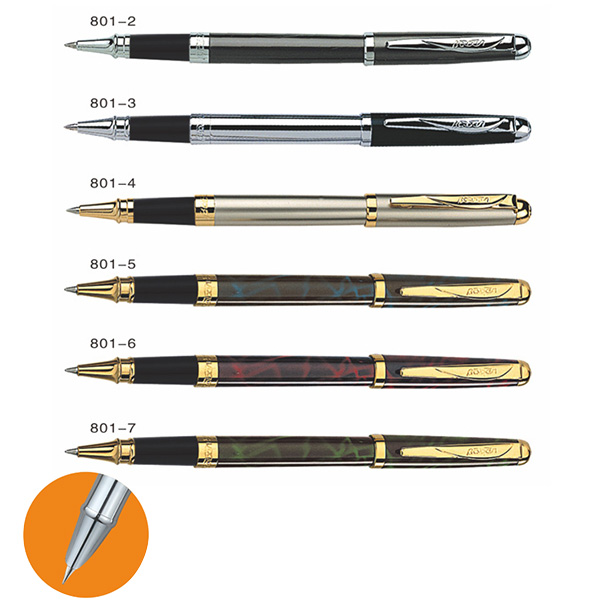In the realm of manufacturing, precision and efficiency are paramount. Among the myriad of tools and machines that facilitate the creation of products, shapers and molders stand out as essential equipment. While both serve the purpose of shaping materials, they operate on fundamentally different principles and are suited for distinct applications. This article delves into the nuanced differences between shapers and molders, exploring their mechanisms, applications, and the contexts in which each excels.
Understanding Shapers
Definition and Mechanism
A shaper is a machine tool used primarily for producing flat surfaces, grooves, and intricate shapes on a workpiece. The operation of a shaper involves a linear reciprocating motion of the cutting tool, which removes material from the workpiece as it moves back and forth. This process is typically powered by a motor and can be adjusted for speed and stroke length, allowing for versatility in shaping various materials, including metals and plastics.
Applications of Shapers
Shapers are particularly effective in applications where precision is critical. They are commonly used in:
- Tool and Die Making: Shapers are ideal for creating complex shapes and contours required in tool and die manufacturing.
- Prototype Development: In the early stages of product design, shapers allow for rapid prototyping of components.
- Repair Work: Shapers can be employed to restore worn-out parts by reshaping them to their original specifications.
Understanding Molders
Definition and Mechanism
In contrast, a molder is a machine or tool used to shape materials, typically through the process of molding. This involves pouring or injecting a material—often a liquid or semi-liquid substance—into a mold, where it solidifies into the desired shape. Molding can be achieved through various methods, including injection molding, blow molding, and compression molding, each suited for different materials and applications.
Applications of Molders
Molders are predominantly used in the production of items where mass production and uniformity are essential. Common applications include:
- Plastic Manufacturing: Molders are extensively used in the production of plastic components, from consumer goods to automotive parts.
- Metal Casting: Molding techniques are also employed in metal casting, where molten metal is poured into molds to create intricate shapes.
- Ceramics and Glass: Molding processes are crucial in the ceramics and glass industries, allowing for the creation of complex designs.
Key Differences Between Shapers and Molders
While both shapers and molders are integral to the manufacturing process, their differences are significant:
- Process Type: Shaping is a subtractive process that removes material to create a desired shape, while molding is a formative process that involves adding material to fill a mold.
- Material Suitability: Shapers are primarily used for solid materials, such as metals and hard plastics, whereas molders can work with a variety of materials, including liquids and powders that solidify into shape.
- Production Volume: Shapers are often used for low to medium volume production, particularly in custom or prototype work. Molders, on the other hand, are designed for high-volume production, making them ideal for mass manufacturing.
- Complexity of Shapes: Shapers excel in creating precise and intricate details, while molders are better suited for producing uniform shapes and large quantities.
Conclusion
In summary, understanding the differences between shapers and molders is crucial for manufacturers seeking to optimize their production processes. Shapers offer precision and versatility for custom work, while molders provide efficiency and consistency for mass production. By recognizing the strengths and applications of each, businesses can make informed decisions about which equipment best suits their manufacturing needs. Whether you are in the early stages of product development or scaling up for mass production, knowing when to use a shaper or a molder can significantly impact the quality and efficiency of your operations.

